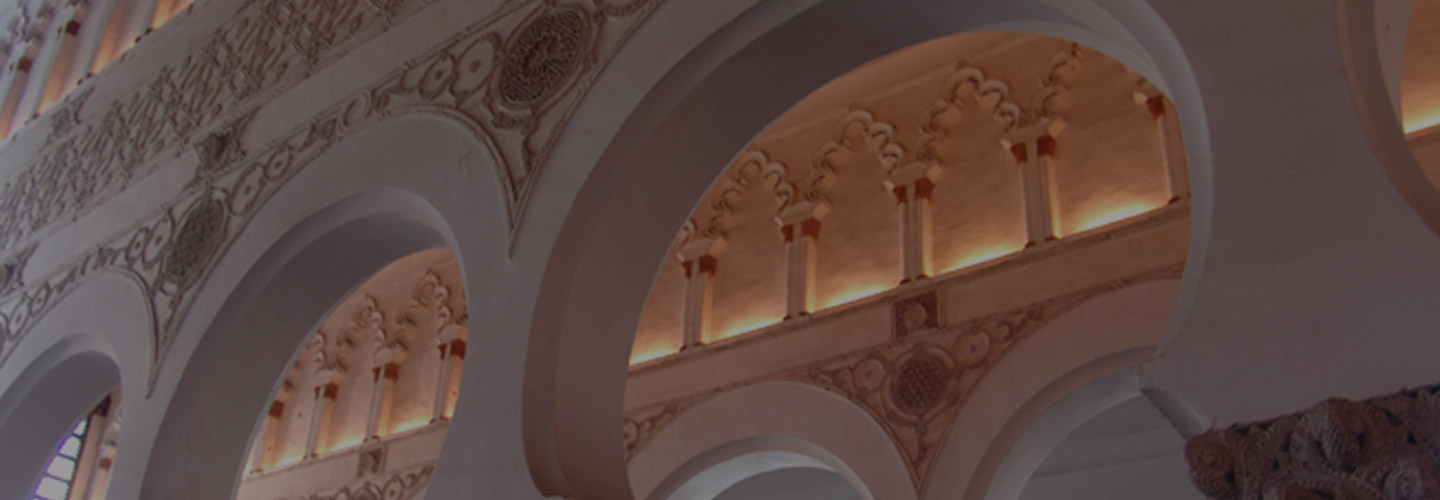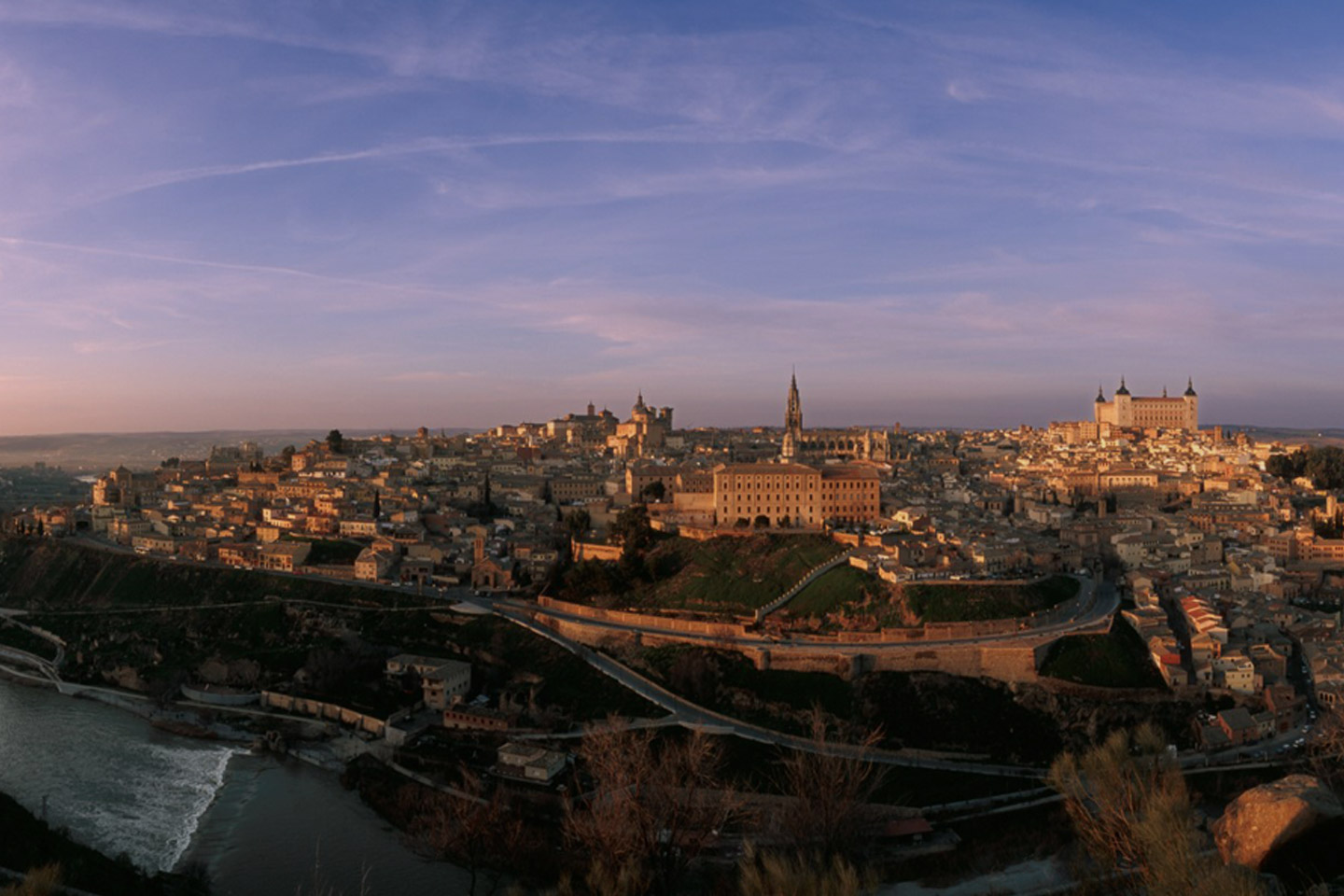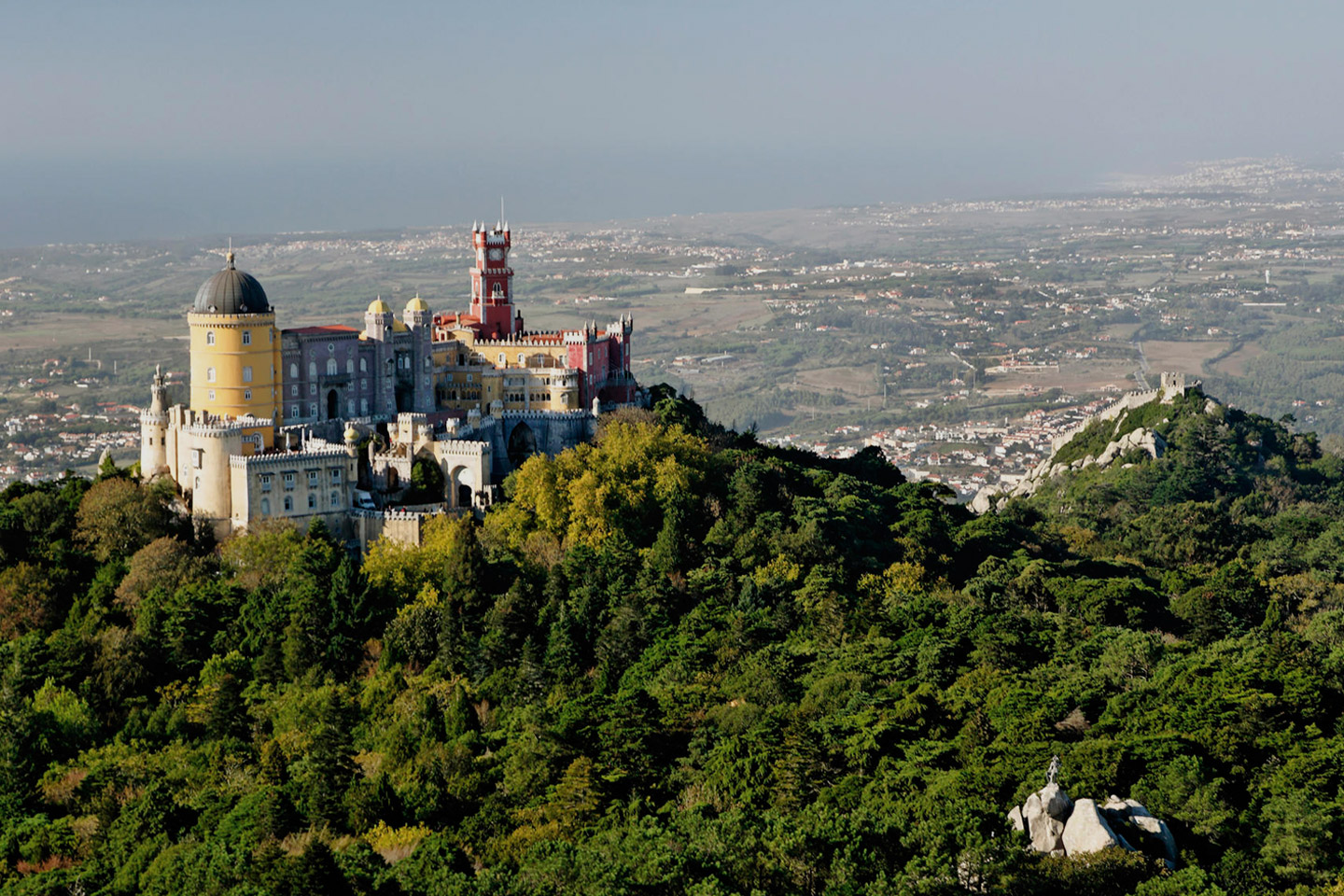We are neighbors and this itinerary proves it. An easy way to get a general idea of what to expect from the two main cities of Spain and Portugal. Cross the invisible border that separates both countries, and live, taste and explore the essence of the journey.

SISTER COUNTRIES
Day by Day Itinerary and suggested accommodation
Day 1: Arrival in Madrid. Private transfer to your hotel. In the afternoon, we suggest you make a tapas route through the food markets and taverns of the historical center of Madrid with our guide. You can finish with the entry in the best flamenco show in the capital.
2-night accommodation at Palacio de los Duques Hotel *****
Day 2: Visit Madrid. From the door of your hotel, our driver and our local guide will accompany you on this full-day tour of Madrid. You can visit the most emblematic areas of the town, such as Paseos del Prado and Recoletos, where the three main museums of the capital are located, as well as the Plaza de Cibeles, the Retiro Park or the Puerta de Alcalá. Going up the Gran Via, Madrid's "Broadway", you can contemplate the palatial architecture of Madrid, and reach the historic center, where Puerta del Sol, Plaza Mayor and Plaza de Oriente are located with the majestic Royal Palace. A flexible itinerary that our professionals will adapt to your tastes and desires.
Day 3: Transfer to Cáceres with a visit to Toledo. In the morning, our driver will take you to Cáceres with a stop in the imperial city of Toledo. With our local guide, you can not only enjoy a breathtaking view of the birthplace of the painter El Greco from the Tagus River, but you can also enter its narrow streets to visit its various monuments, which are visible footprints of the three religions that for centuries they coexisted tolerably: Christians, Arabs and Jews. Our guide will suggest the best place for lunch. After the visit, they will continue their journey towards Cáceres, a World Heritage city located in the heart of Extremadura.
2-night accommodation at Hotel Atrio *****
Day 4: Visit Cáceres. Today, our local guide will take you to know this historical site where time seems to have stopped. One of the most beautiful scenarios in Cáceres is the medieval streets with fortified houses and Renaissance palaces, declared World Heritage by UNESCO. The history of this place is intimately connected with the historical route Via de Plata, a Roman road that connected Seville and Astorga, used by pilgrims to Santiago de Compostela.
Day 5. Transfer to Évora and visit the city. Our driver will take you in the morning to your next destination, Évora, the capital of Alentejo in Portugal. In the afternoon you can enjoy a walk with our local guide to this wonderful city and there you will discover why it is a World Heritage Site.
1-night accommodation in Hotel Convento do Espinheiro *****
Day 6: Transfer to Lisbon and visit the city. In the morning, our driver will transfer you to the Portuguese capital, Lisbon. Upon your arrival, our expert local guide will introduce you to a bohemian and flavored atmosphere in old Lisbon. They will visit some of the most traditional places in the city and taste some of their gastronomic specialties, called "petiscos".
2-night accommodation in Pousada de Lisboa *****
Day 7: Visit the Estoril Coast, Cascais and Sintra. The Estoril Coast is closely related to an atmosphere of charm, with numerous attractions, such as famous beaches and charming villas such as Estoril and Cascais. Regarding the city of Sintra and all its natural environment and its heritage, it can be said that it is one of the symbols of Portugal, also declared by UNESCO as a World Heritage Cultural Landscape.
Day 8: Transfer to the airport. Three hours before the departure of your flight, our driver will take you to the Lisbon International Airport.

CITIES AND TOWNS ON THE ITINERARY
If you wish to know a bit more about the places to go
Madrid: Strategically located in the heart of the Iberian Peninsula, it is the Capital City of Spain and therefore, one of the most touristic and important cities of the country. Because of its central location and high altitude, the climate of Madrid is characterized by warm dry summers and cool winters. Madrid is a city of great monuments. Among its highlights are the medieval center dating back to the Habsburg Empire and the Prado Museum. As the capital, Madrid is home to the Royal family, the Spanish Government and many other national institutions. The town has a long and fascinating history and all over Madrid, there are monuments and museums of great artistical value. It is a city full of life where travelers will feel welcome. Enjoy the street life and the numerous tapas bars and cafes where you will enjoy the “madrileños” passion for life.
Toledo: Located on the banks of the river Tagus, was known as Toletum during the Roman presence before the 2nd century BC. A very important area for a long period in history, Toledo became known as the “city of the three cultures”, for Christians, Arabs and Jews dwelled together here for centuries. This accounts for the incredible cultural legacy to be found here, which led to the declaration of World Heritage by UNESCO. In Toledo, you can admire several monuments with influences from these different cultures, such as the Gothic Cathedral, the Mosque of Cristo de la Luz, the church of Santo Tomé, where you can find a famous painting by El Greco, and the Alcazár Fortress.
Cáceres: One of the most beautiful sceneries in Cáceres are the cobbled streets marked by medieval, fortified homes and Renaissance palaces which were declared World Heritage. The local history is closely related to one the historic, peninsular routes: "Vía de la Plata" (the Silver Route), a Roman road that linked Seville and Astorga, used by the pilgrims who were headed to Santiago de Compostela. Pork products and Lamb recipes are the fundamental elements of the rich culinary tradition of this region, the dishes should be served with some of the excellent wines from Caceres.
Alentejo: The widest region of Portugal. Here the landscape is “gentle” composed by rolling hills covered by cork oak trees, vineyards and wheat fields. The lifestyle is serene in the small villages with whitewashed houses where the time slowly passes by… The gastronomy is robust and creative with wines to match it, in contrast with the calmness of the local people of the region.
Évora: A beautiful small town in the Alentejo region. Still surrounded by the old walls it is a World Heritage Site by UNESCO and will attract you for its medieval appearance, the narrow streets, the historic center and the kindness of the locals. Amongst several interesting monuments, you shall not miss the Roman Temple from the 1st century, unique of this kind in both Portugal and Spain. This is also the perfect place for a great gastronomic and wine experience, as this is one of the regions in Portugal with more traditional and quality at this level. You shall not miss the opportunity of having a meal in one of the city's restaurants.
Lisbon: Capital of Portugal, located at the mouth of the Tagus River and from where the Portuguese boats set sail overseas in the 15th and 16th centuries towards East. At that time, the Maritime Discoveries period, the city became the center of a large empire, still visible in the monuments of the Belém section. Well known for its historic traditional neighborhoods you'll be amazed by the sections of Chiado, Bairro Alto and Alfama as well as the Castle of Saint George and the gorgeous views you can enjoy from the top of its hill.
Sintra & Estoril Coast: Among the sites you shall not miss in Portugal there's Sintra, declared a World Heritage Site by UNESCO for the great beauty of its nature and architecture, with fairy tale palaces and lush vegetation. Cascais and Estoril Coast are places of charm and aristocratic traditions that you'll meet along the Atlantic Ocean, the white sandy beaches and magnificent fortresses from the 17th century.




